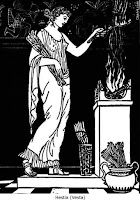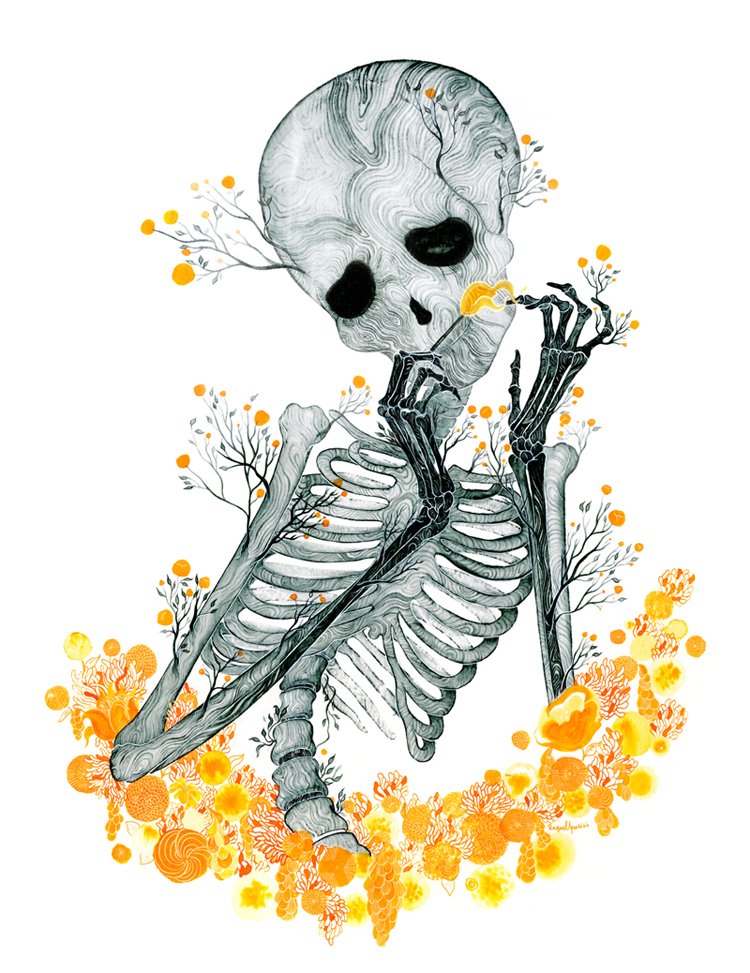American poet and scholar Ralph Waldo Emerson offered the idea that the individual is the center of his or her own universe. ‘In the individual can be discovered all truths, all experience. For the individual, experience must be direct and unmediated by texts, traditions, or personality’, [Vince Brewton (University of North Alabama) for the Internet Encyclopedia of Philosophy, Jul 2003]. But while Emerson’s suggestion that self-reliance and independence provide one with a perspective of the world from a non-conforming self, an actual look at the widely accepted generalizations and stereotypes in existence seem to state that the Western public perceives otherwise.
Emerson, the infamous Transcendentalist, stated “to believe your own thought, to believe that what is true for you in your private heart is true for all men, -- that is genius”, [RW Emerson, Self-Reliance, p19]. Why then might one fail to understand another as an extension of himself should such a person merely claim a particular culture or religion different from one’s own? Perhaps this notion of the individual as center of the universe keeps us isolated and unwilling to accept beliefs and values that may seem distal to the comfortable norm. Such discomfort with external lifestyles, most especially those of the Arab world, shed a light on the common ease with which the Western culture limits its views of the Middle East to those provided by government officials and journalists -- restrictive representations of an extreme few to stand for the whole.
Palestinian-American and former professor at Columbia University, the late Edward Said coined the term “orientalism” in his controversial book of the same title to suggest that the West views the Arab world through a “lens” of preconceived notions, [Sut Jhally, Media Education Foundation, Video: “Edward Said On ORIENTALISM”]. Depictions of persons of Arabic decent in the popular media are far from realistic, confined to the perspective of Arab as extremist; as terrorist. They create an unchanging, undeveloped image of a barbaric Middle Eastern culture.
When one seeks a reason for such a stalemate perspective into the Arab world, it becomes clear that irrational fears seem to play a role of breathing life into this “orientalism” -- fears kept aflame by shock-factor focused media personnel and finger-pointing government agencies. Descriptives that for any other ethnicity would be frowned upon as controversial racial profiling, for the Muslim counterpart are accepted as almost necessary because of fears of jihad-like attacks.
In truth, the larger majority of persons of Arabic decent seek peace and coexistence just as does the greater part any nationality. Extremists, such as Al Queda, who happen to follow a warped Islamic faith fail to offer an accurate depiction of the population of Arab Muslims just as Arizona shooter Jared Lee Loughner fails to offer an accurate depiction of any average right-wing American; just as Reverend Fred Phillips fails to offer an accurate depiction of the Baptist faith; just as the Klu Klux Klan fails to offer an accurate depiction of the Southern American; just as the Third Reich fails to offer an accurate depiction of anyone of German heritage.
Putting any sense of accuracy into generalizations or permitting oneself to accept a depiction of a small group as factual representation for the whole, steals away any unique insight we might have had into the relationship between self and another. Conformity. And as R.W. Emerson warned “this conformity makes them not false in a few particulars, authors of a few lies, but false in all particulars”, [RW Emerson, Self-Reliance, P23].







